Japan’s capital, Tokyo, stands out with its mesmerizing spring landscapes and rich cultural heritage, attracting thousands of tourists every year. Traveling from Istanbul to Tokyo is quite convenient, as Turkish Airlines operates direct flights to Tokyo Haneda and Tokyo Narita airports seven days a week. The total flight duration is approximately 11 hours. Haneda flights depart at 2:35 a.m., while Narita flights take off daily at 3:20 p.m. Additionally, the Japanese airline All Nippon Airways (ANA) operates three weekly round-trip flights from Istanbul.
For travelers heading to Tokyo, which is six hours ahead of Türkiye, it’s important to be mindful of electrical outlets and the opposite traffic flow. The most enchanting season in Tokyo is April and May when cherry blossoms are in full bloom, drawing visitors from all over the world.
5 must-visit places in Tokyo
Meiji Shrine
The Meiji Shrine, located within the 70-hectare forested area now known as Yoyogi Park, was completed between 1920 and 1926. This religious structure is dedicated to Emperor Meiji and his wife, Empress Shoken, who played a significant role in Japan’s modernization. The garden chosen for the shrine’s construction was frequently visited by the emperor and his wife during their time. The original Shinto shrine suffered severe damage during the bombings of World War II, but it was faithfully reconstructed using public funds. Due to its serene atmosphere and grandeur, the shrine has become one of Tokyo’s must-visit attractions for travelers.
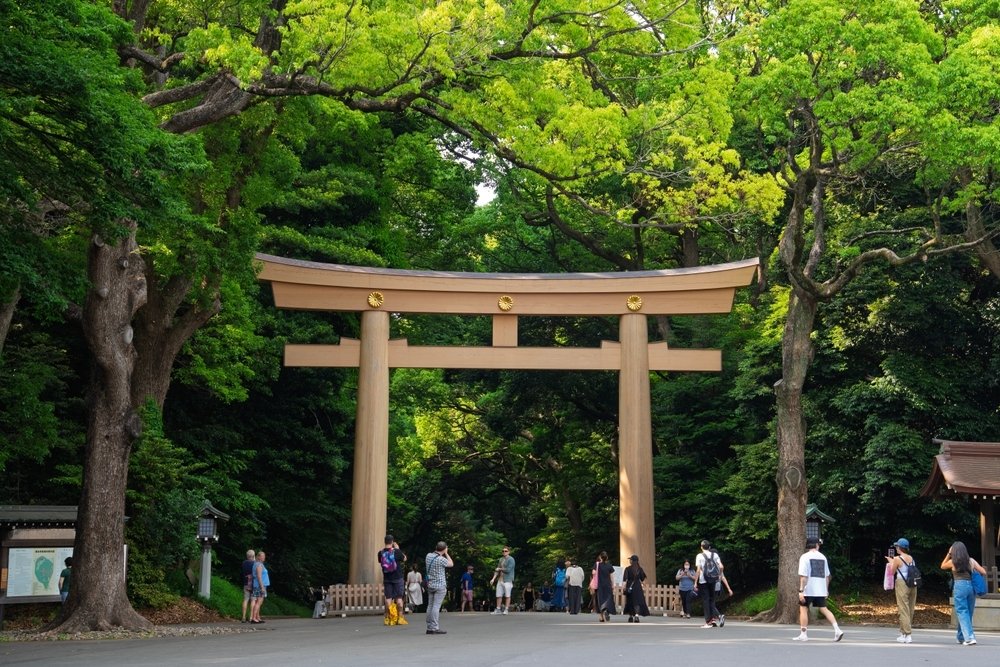
Senso-ji Temple
Located in the heart of Tokyo’s historic district, Senso-ji Temple is the oldest religious structure in the city. The temple can be accessed through the Thunder Gate (Kaminarimon), a symbol of both the temple and the city itself. According to popular belief, the decision to build the temple was made in 628 after two brothers discovered a statue of the Buddhist goddess Kannon while fishing in the Sumida River. Completed in 645, the temple’s main hall can be entered through the Hozomon Gate. With its vibrant architecture and historical significance, Senso-ji is regarded as the most important attraction in Northern Tokyo, hosting various events throughout the year. It is also one of the city’s busiest locations during the day.
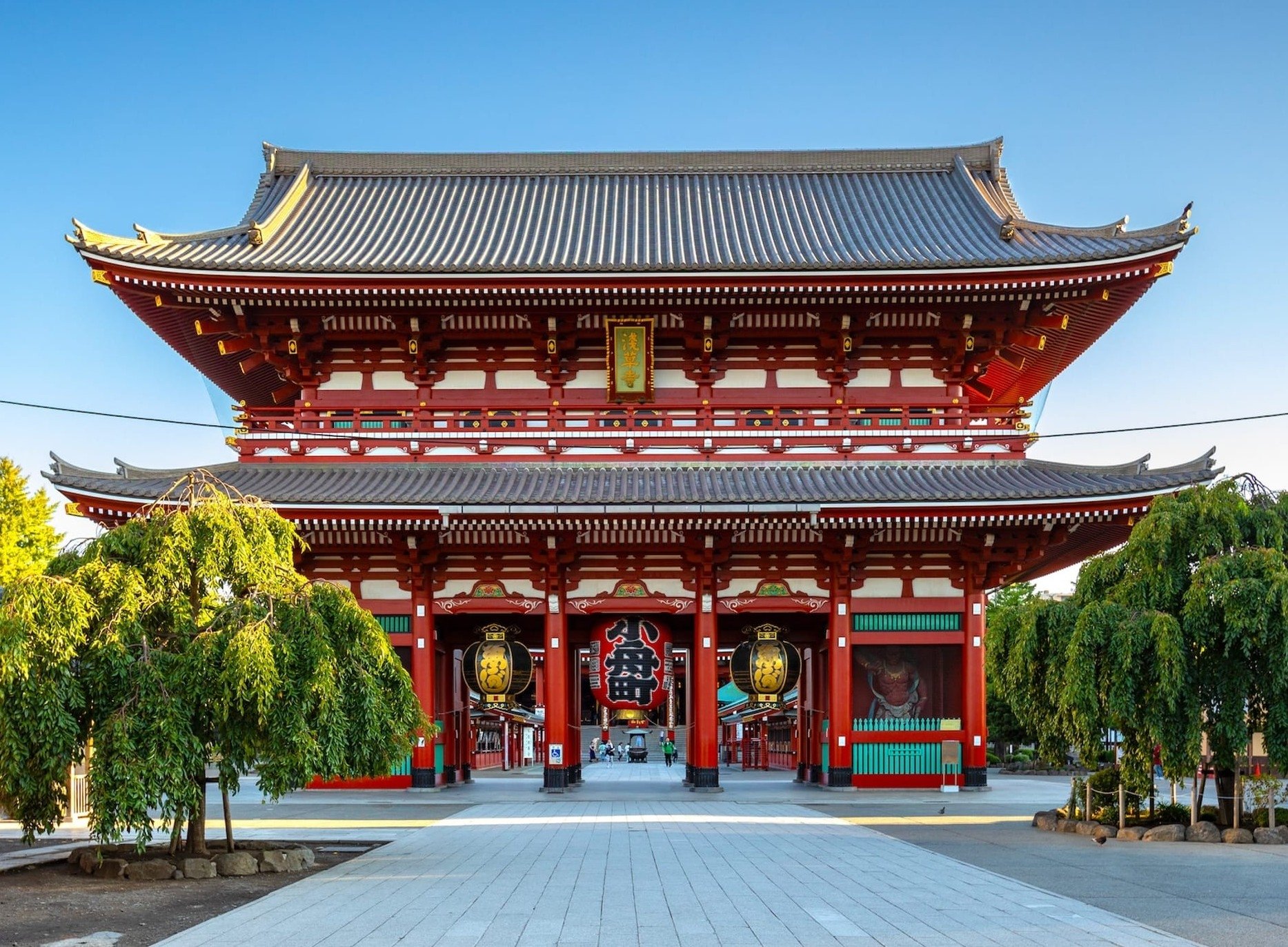
Imperial Palace
Covering an area of 3.41 square kilometers, including its gardens, this magnificent structure was built between 1868 and 1888. The palace consists of two sections surrounded by moats filled with water. Within the inner area, you’ll find the residences of the imperial family and government offices. The palace’s beautiful gardens, opened to the public in 1968, can be accessed for free at any time. They are especially worth visiting in spring when the cherry blossoms are in full bloom. Access to the inner palace is restricted to just two days a year: Jan. 2 (New Year’s celebration) and Dec. 23 (the Emperor’s birthday), with a limited number of visitors allowed. The inner part of the palace is also open to visitors, but you must either make a reservation in advance or secure one of the 300 tickets available each day. Unfortunately, the number of English audio guides is limited.
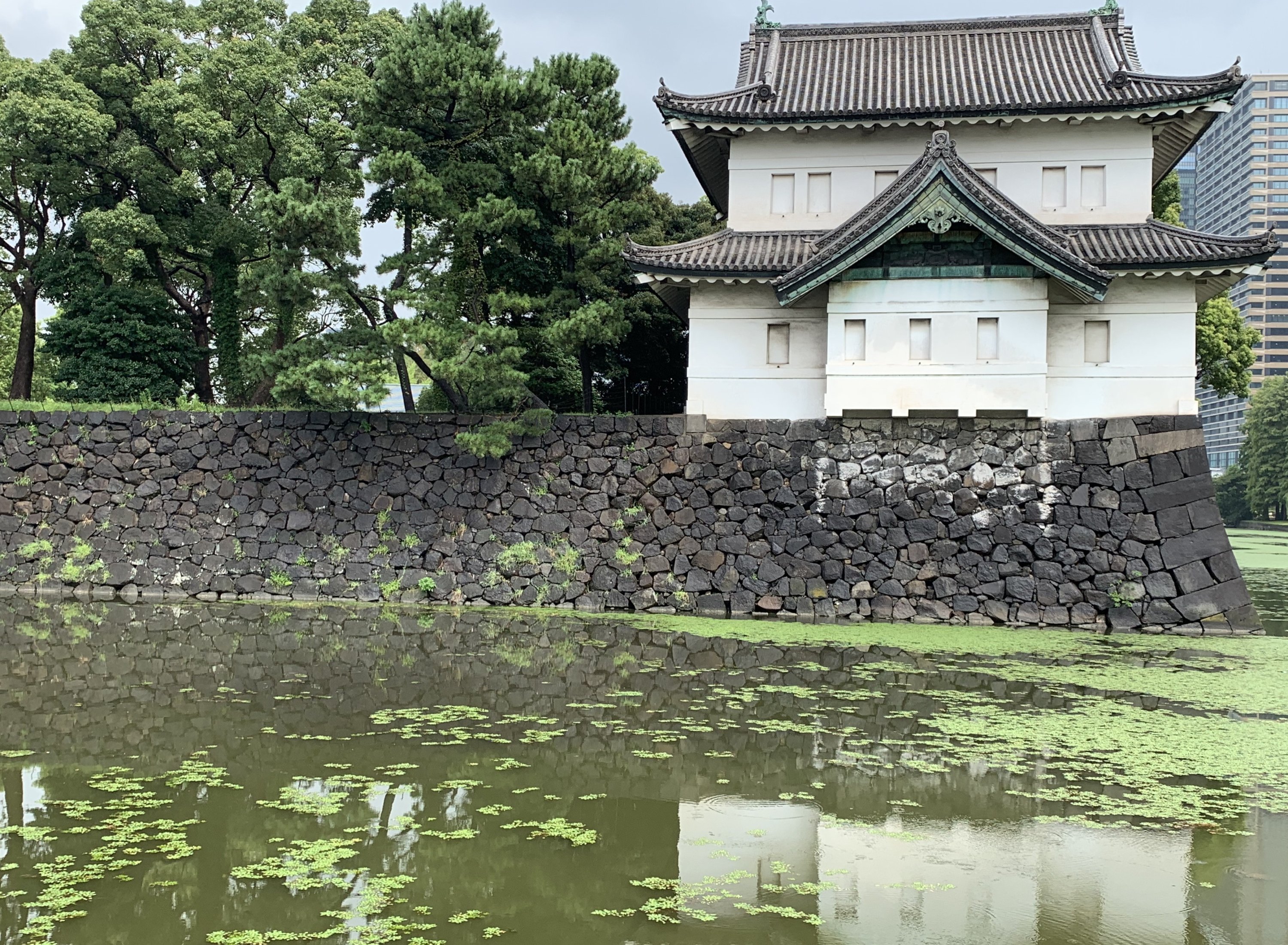
Shinjuku Area
Shinjuku is one of the liveliest and most vibrant districts in Tokyo. The district has a unique atmosphere, largely shaped by its neon-filled streets and towering buildings illuminated by thousands of lights. Shinjuku remains lively 24/7, with crowds that never seem to thin out, even after most venues close. It is also known as Tokyo’s nightlife hub, offering countless bars, clubs and entertainment spots. Additionally, some stores in the area stay open 24 hours, meaning you can shop for groceries, grab a late-night meal, or even buy household items at 3 or 4 a.m.
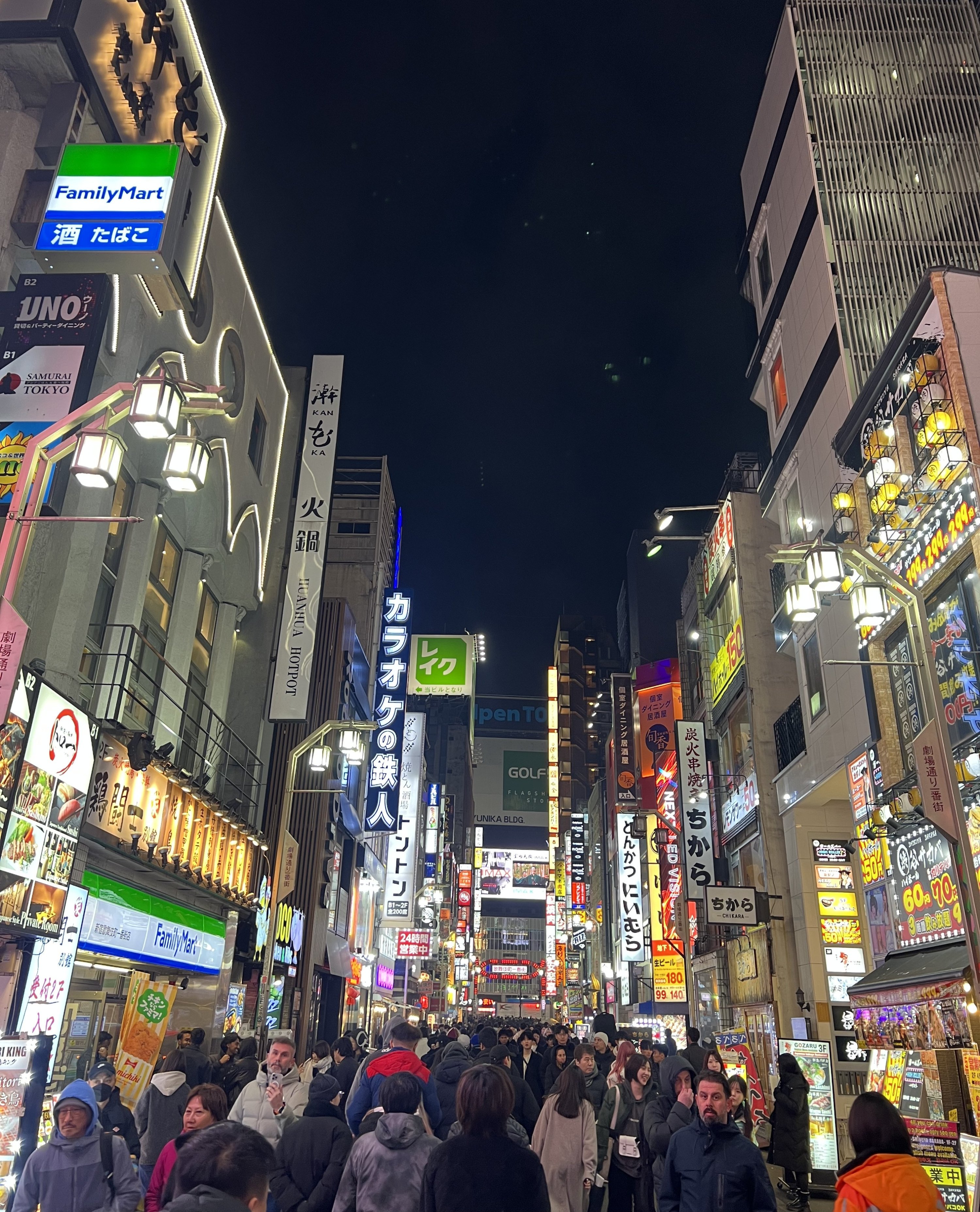
Harajuku Area
Harajuku, located between Shinjuku and Shibuya, is a popular area in Tokyo that caters to all age groups with its dining and shopping options. Among the local attractions, Takeshita Street is particularly popular with the younger crowd. A smaller version of Takeshita Street, Omotesando, resembles the Champs-Elysees in both appearance and content. The area, especially the boulevard, is home to several shopping complexes like Omotesando Hills, LaForet Harajuku and Daiso Harajuku. Harajuku is a place where people of all ages can enjoy their time. It offers activities for everyone, from 7 to 70. Here, you’ll find some of the most unique and fun concept animal cafes, as well as giant cotton candy or candy apples. In addition to shopping, Harajuku provides a vibrant world of experiences for those seeking something different and extraordinary.
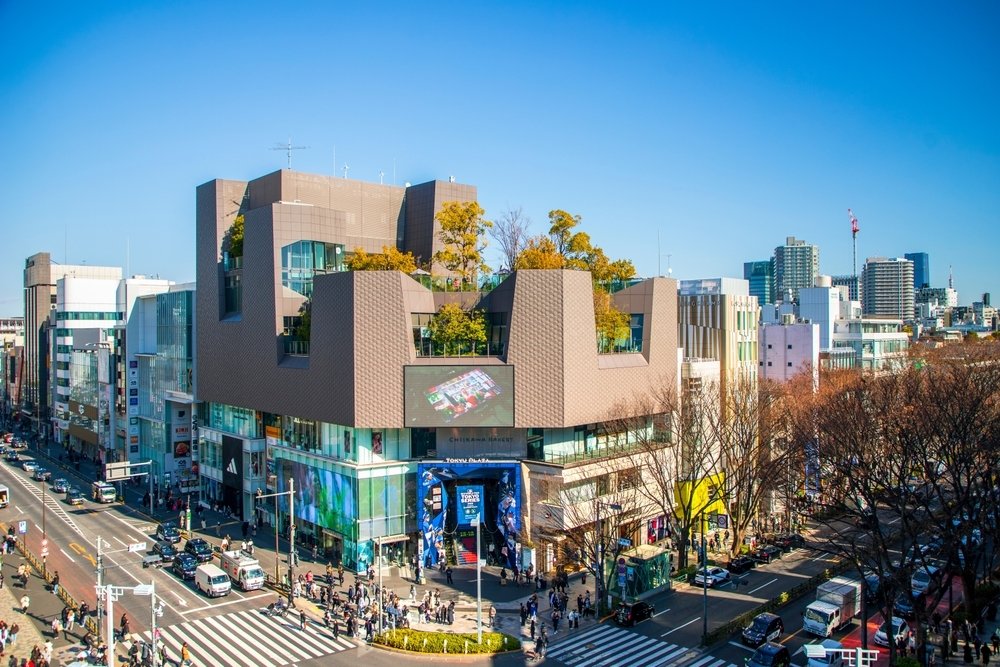
Accommodation options
The Tokyo Edition, Ginza
One of the newest hotels in the city, The Tokyo Edition, Ginza, offers a tranquil stay with its 86 rooms and minimalist decor. The hotel’s exterior is discreet, with the logo barely visible and guests enter through a small door that feels like stepping into a private home. In terms of location, rooms and service, this hotel scores a perfect 10 out of 10. Its spacious rooms offer comfort beyond Tokyo’s standards.
The hotel’s restaurant, Sophie, serves delicious meals all day, and its Turkish executive chef is a source of pride. The famous Punch Room cocktail bar and rooftop bar are also popular spots among Tokyo locals.
The Peninsula Tokyo
The Peninsula Tokyo blends classic luxury with pan-Asian influences. The decor features gold leaf details, cherry wood panels, and floral-patterned carpets. One of Tokyo’s most iconic artworks, Lying Dragon Gate, is displayed in the hotel’s lobby. The hotel has a total of 314 rooms, with floor-to-ceiling glass suites being a favorite among guests.
The 24th-floor Peter Restaurant offers an exquisite experience with A5 Wagyu steak and fresh seafood. Conveniently located near Ginza’s luxury boutiques and the Imperial Palace gardens, the hotel provides easy access to the city via the nearby Hibiya metro station.
Restaurants
Nadaman Restaurant
Located on the 29th floor of the Shangri-La Hotel, Nadaman is part of the renowned kaiseki restaurant group that has been serving Japan’s royal family and world leaders since 1830. Authentic Japanese dishes, prepared by experienced chefs, are served alongside breathtaking views of Tokyo. For larger groups or those seeking a more private experience, the restaurant offers exclusive sushi and teppanyaki rooms.
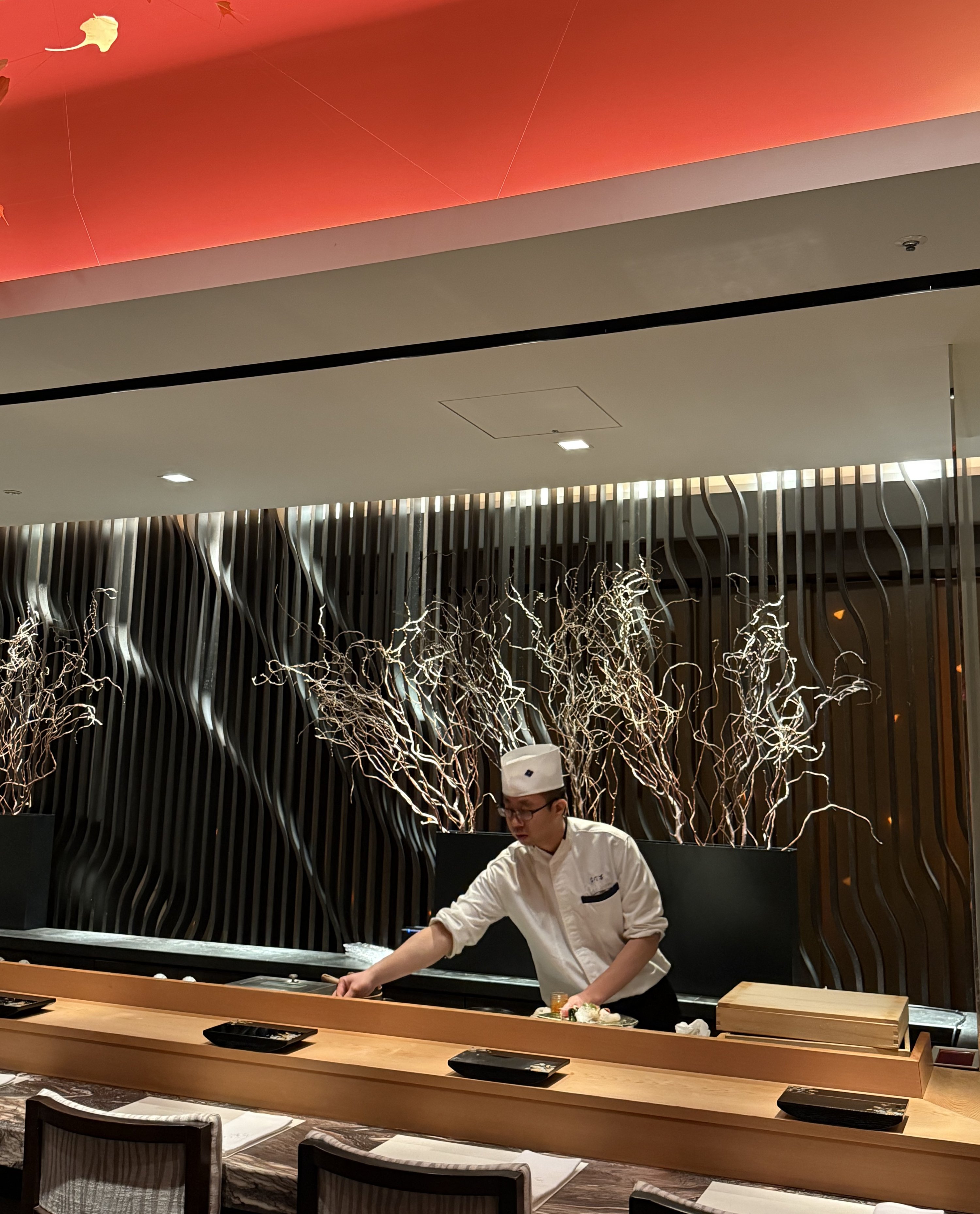
Wagyu Mafia
Founded in 2016 by self-taught chef and Wagyu (Japanese beef) expert Hisato Hamada and entrepreneur Takafumi Horie, Wagyu Mafia started as Tokyo’s first members-only restaurant. The brand later expanded internationally, opening a total of 10 restaurants with various concepts. Known for its exclusive Wagyu-themed dinners and private dining experiences, Wagyu Mafia also has locations open to non-members, which can be found on their website.
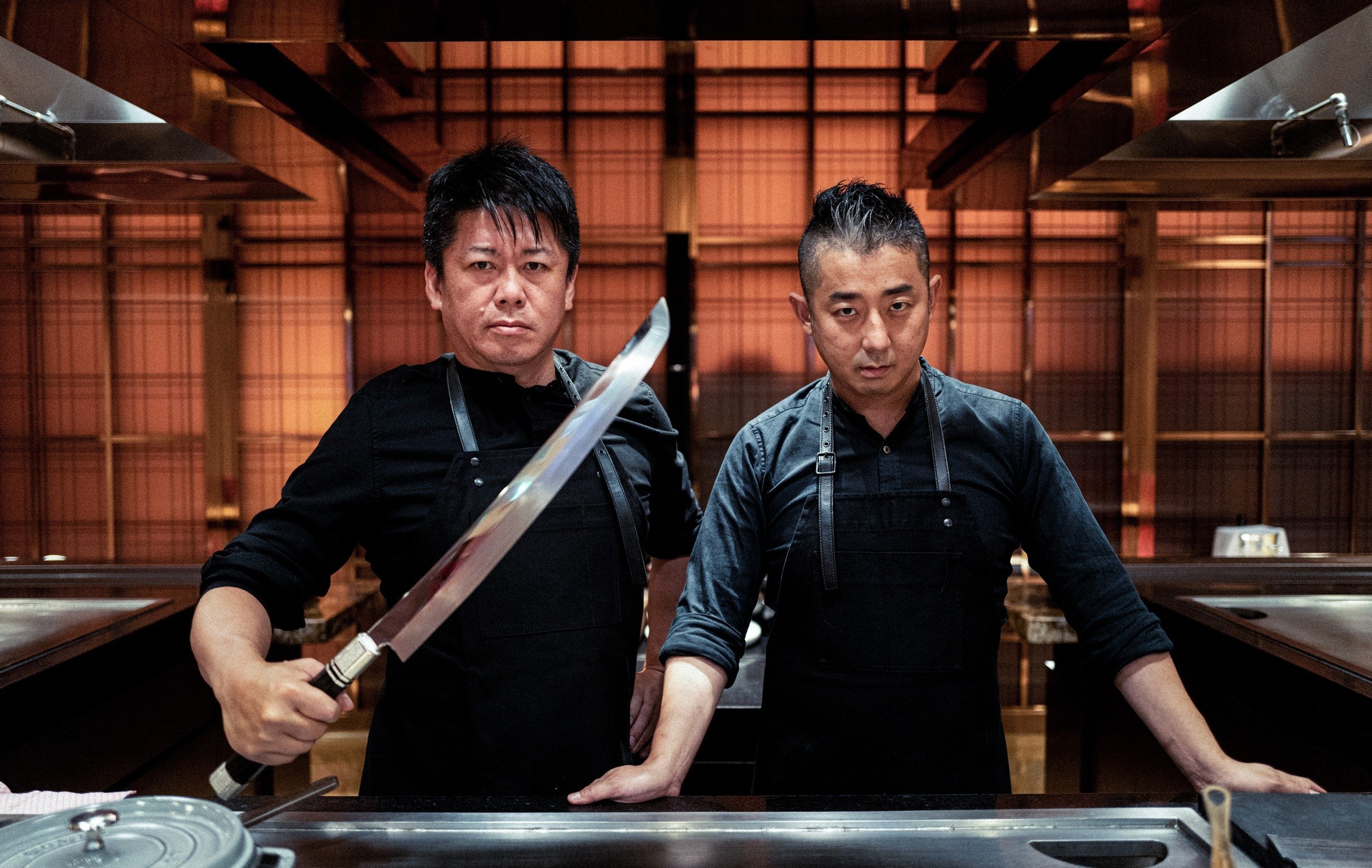
Coffee Wrights Omotesando
Tokyo is a paradise for coffee lovers, and Coffee Wrights is one of the city’s finest coffee spots, in my opinion. Opened in collaboration with Higuma Doughnuts, this cafe is a converted traditional Japanese house in Omotesando. With exceptional coffee and delicious donuts, it’s the perfect place to take a break.
Shin Udon
One of Tokyo’s smallest yet most delightful restaurants, Shin Udon features a cozy setting with only six counter seats and two tables, serving freshly made udon noodles.
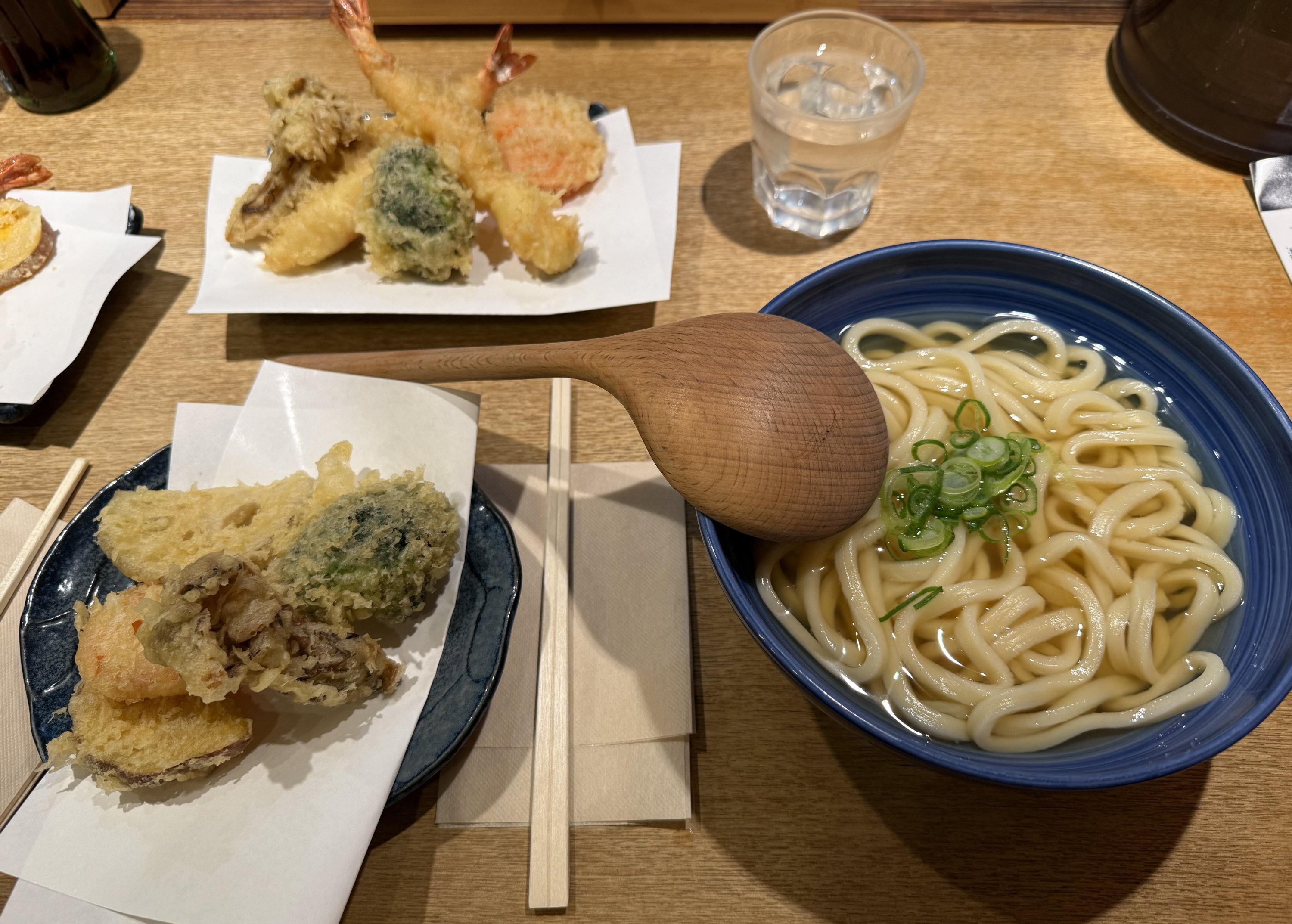
The menu, complemented by tempura and fried tofu, is worth trying despite long wait times. The dough is rested overnight to achieve the perfect moisture and salt balance, then cut and cooked to order, giving the noodles their signature chewy texture. The restaurant closes at 9 p.m. sharp, and I still can’t get it out of my mind.
Tsurutontan
Founded in 1979 in Osaka’s Souemon-Cho district, TsuruTonTan was Japan’s first authentic handmade udon restaurant. The founder’s passion for udon led to the opening of TsuruTonTan – Noodle Craftsman’s Hospitality in 1989. Known for its elegant presentation and dedication to udon craftsmanship, the restaurant sources the best bowls from Bizen and Tachikui ceramic workshops.
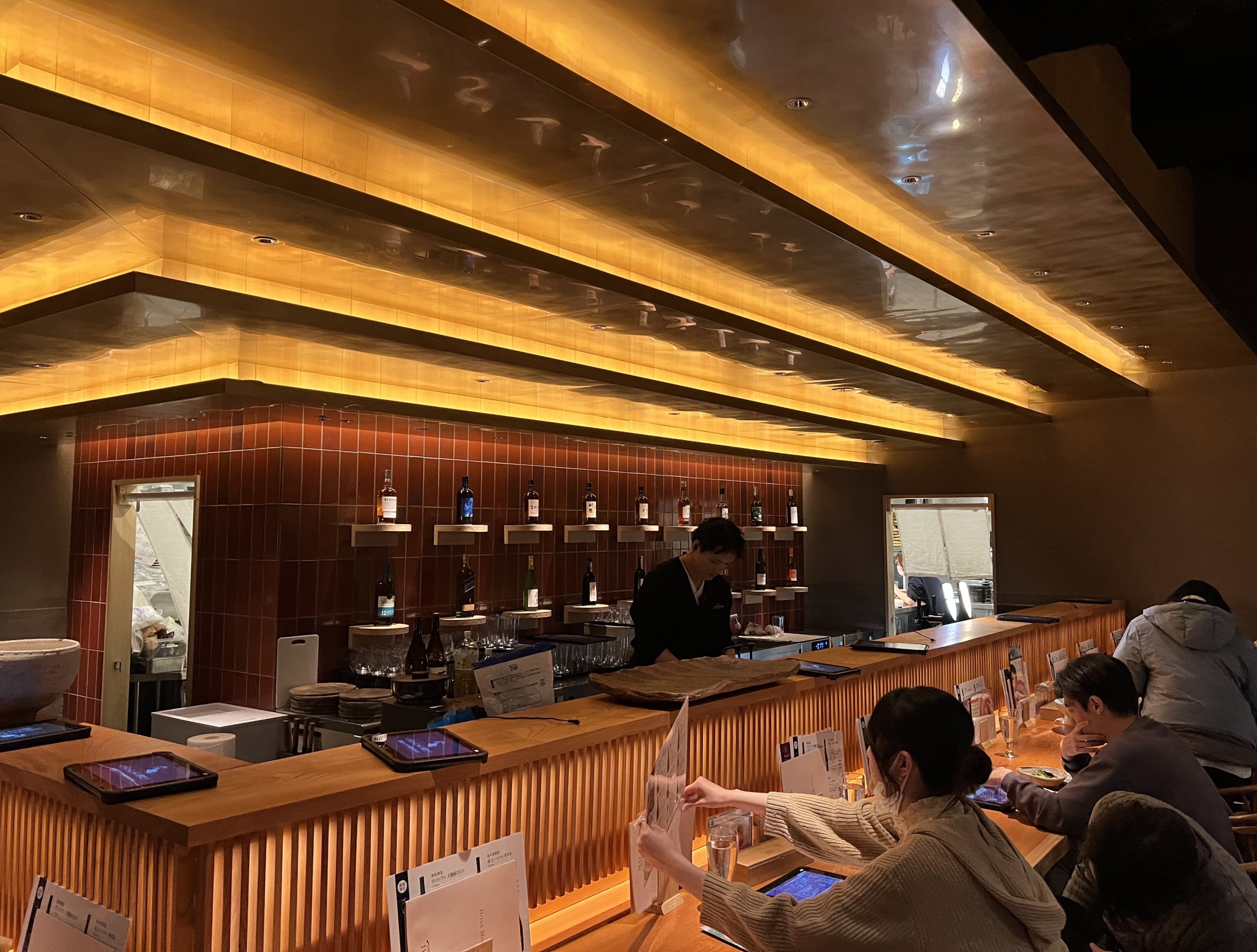
The udon dishes, prepared with aromatic bonito flakes, kombu seaweed, fresh vegetables and meats, are served with a deep commitment to quality. Today, TsuruTonTan operates five locations in Kanto and seven in Kansai.












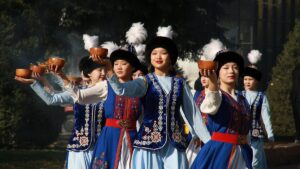









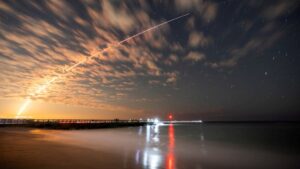
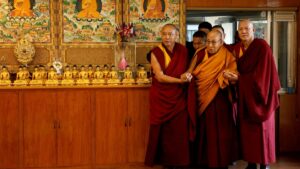
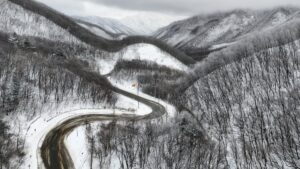



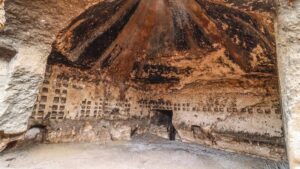




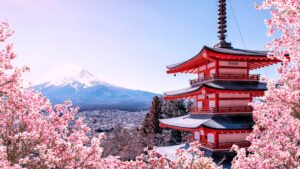


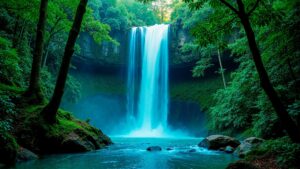




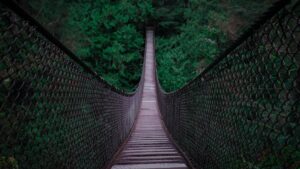



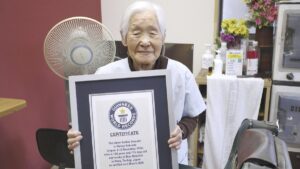
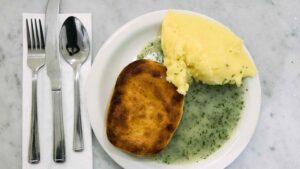







Be First to Comment